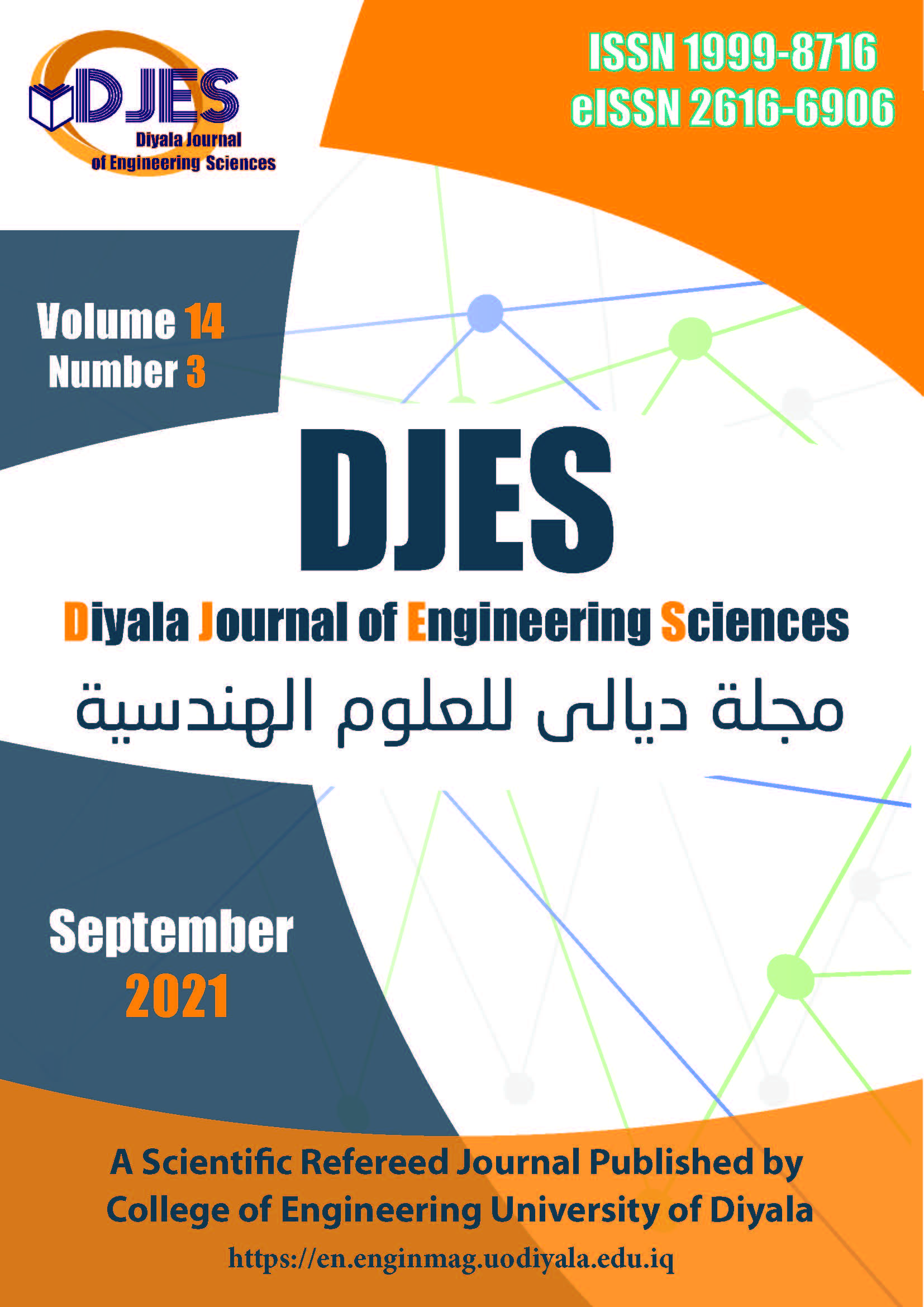Adopting BIM at Design Phase for Structural Buildings
DOI:
https://doi.org/10.24237/djes.2021.14303Keywords:
BIM, Dsign phase, Revit, Robot, EtabsAbstract
In the construction industry, using of traditional methods to design and perform the works with participation of different disciplines by individual method make the design of structure more pruched to errors and mistakes and increase the possibility of generate the wastes due to need sometimes to re- work. In addition to the continuous change of designs, and this needed to updating documents and plans manually to keep pace with these changes, thus wasting time and effort, so this considers "inefficient" practice. Building Information Modeling (BIM) is an innovative technology that makes the design phase and construction industry more efficient to achieve the requirements of sustainability. A case study was taken to investigate the possibility of using BIM technology and structural analysis softwares (Robot and Etabs) in the structural design stage, where a model is modeled in the Revit software, and it is exported to Robot and Etabs softwares for the purpose of analysis and design, which showed close design results between these design softwares with a slight difference in the amount of rebar, about 4% more by using the Etabs software for all the structure. All the process performed from modelling to analysis and design then extracting schemas and quantity estimation for reinforcement and concrete was done in a short time and with satisfactory results.
Downloads
References
Hasan, A. M., Torky, A. A. & Rashed, Y. F. (2019). Geometrically accurate structural analysis models in BIM-center software. Automation in Construction, 104, 299-321.
Inyim, P., Rivera, J., & Zhu, Y. (2015). Integration of building information modeling and economic and environmental impact analysis to support sustainable building design. Journal of Management in Engineering, 31(1), A4014002.
Wong, K. D., & Fan, Q. (2013). Building information modelling (BIM) for sustainable building design. Facilities, 31(3/4), 138-157.
Abanda, F. H., & Byers, L. (2016). An investigation of the impact of building orientation on energy consumption in a domestic building using emerging BIM (Building Information Modelling). Energy, 97, 517-527.
Robinson, C. (2007). Structural BIM: discussion, case studies and latest developments. The structural design of tall and special buildings, 16(4), 519-533.
Hunt, C. A. (2013). The benefits of using building information modeling in structural engineering.
Bynum, P., Issa, R. R., & Olbina, S. (2013). Building information modeling in support of sustainable design and construction. Journal of Construction Engineering and Management, 139(1), 24-34.
Hammond, R., Nawari, N. O., & Walters, B. (2014). BIM in sustainable design: strategies for retrofitting/renovation. In Computing in Civil and Building Engineering (2014) (pp. 1969-1977).
Zhang, L., Chu, Z., & Song, H. (2020). Understanding the relation between BIM application behavior and sustainable construction: A case study in China. Sustainability, 12(1), 306.
Liu, H., Sydora, C., Altaf, M. S., Han, S., & Al- Hussein, M. (2019). Towards sustainable construction: BIM-enabled design and planning of roof sheathing installation for prefabricated buildings. Journal of Cleaner Production, 235, 1189-1201.
Sampai, A. Z., & Azevedo, V. (2018). Structural Design Developed in a BIM Environment: Benefits and Limitations.
Tsay, R. J. (2019, February). A Study of BIM Combined with ETABS in Reinforced Concrete Structure Analysis. In IOP Conference Series: Earth and Environmental Science (Vol. 233, No. 2, p. 022024). IOP Publishing.
Azhar, S., Khalfan, M., & Maqsood, T. (2012). Building Information Modeling (BIM): now and beyond. Construction Economics and Building, 12(4), 15-28.
Azevedo, V. (2014). BIM model analysis in the structural design perspective. Instituto Superior Técnico-Universidade de Lisboa, Av. Rovisco Pais, 1, 1049-001.
Ibrahim, H. S., Hashim, N., & Jamal, K. A. A. (2019, November). The Potentail Benefits of Building Information Modelling (BIM) in Construction Industry. In IOP Conference Series: Earth and Environmental Science (Vol. 385, No. 1, p. 012047). IOP Publishing.
Olawumi, T. O., Chan, D. W., Wong, J. K., & Chan, A. P. (2018). Barriers to the integration of BIM and sustainability practices in construction projects: A Delphi survey of international experts. Journal of Building Engineering, 20, 60- 71.
Autodesk 2017 Revit for Structural Engineering Autodesk
Computers and Structures Inc. 2019 CSIXRevit CSIXRevit <http://installs.csiamerica.com/software/CSiXR evit/2020/ReadMeCSiXRevit202000.pdf> (Sept. 2, 2020)
Downloads
Published
Issue
Section
License
Copyright (c) 2021 Assala Sami, Abbas M. Abd , Mohammed Mahmood

This work is licensed under a Creative Commons Attribution 4.0 International License.












